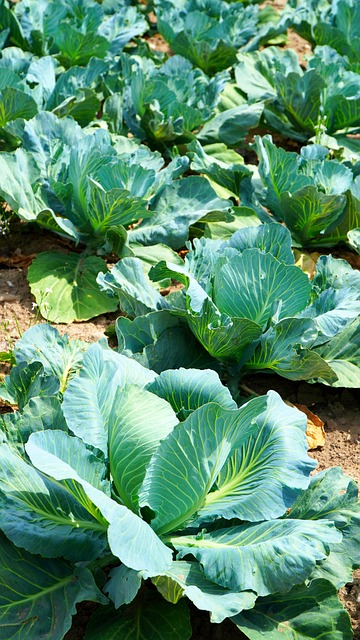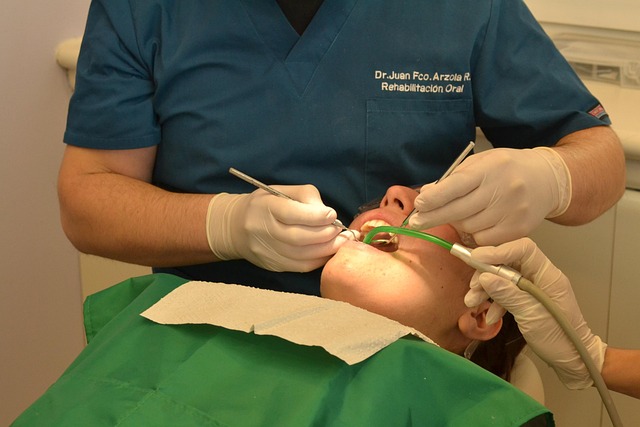Organic Food: Farming Practices, Animals, and Meat
Organic food refers to products grown and processed according to defined standards that limit synthetic pesticides, fertilizers, antibiotics, and certain additives. Consumers often choose organic for environmental, animal welfare, or taste reasons, and supply chains link farms, processors, and markets in your area. This article is for informational purposes only and should not be considered medical advice. Please consult a qualified healthcare professional for personalized guidance and treatment.

What defines ‘organic’ on a farm?
On an organic farm, practices focus on soil health, biodiversity, and avoiding most synthetic chemicals. Crop rotations, cover crops, and compost are commonly used to build fertility and suppress pests. Certification programs require documentation of inputs and practices and usually a transition period before land can be sold as certified organic. The goal is to maintain productive soil ecosystems that support plant health without routine synthetic fertilizers.
How is organic meat produced?
Organic meat production combines feed, animal management, and processing rules. Animals must receive organic feed and access to the outdoors, and routine antibiotics and growth-promoting drugs are prohibited. Slaughter and processing facilities handling organic meat must prevent commingling with non-organic products and follow traceability requirements.
Organic producers often emphasize transparent supply chains so buyers can link packaged meat back to the farm and farmer practices. Labeling rules vary by country, so consumers should look for the relevant organic certification symbol to confirm standards were met.
How are animals cared for in organic systems?
Organic animal care emphasizes natural behaviors, adequate space, and environmental enrichment. Requirements typically include outdoor access, opportunities for grazing (for ruminants), and a diet without genetically modified feedstuffs when prohibited by the standard. Preventive health measures such as good hygiene, balanced nutrition, and low-stress handling are prioritized to reduce disease pressure.
When illness occurs, veterinarians may treat organic animals, but some standards limit repeated use of certain medications; animals treated with prohibited substances may lose organic status for a period. Documentation and veterinary oversight are usually required to ensure welfare and compliance.
What role does the farmer play in certification?
The farmer is central to maintaining records, implementing practices, and demonstrating compliance during inspections. Typical responsibilities include keeping input logs (seeds, feeds, fertilizers), mapping fields or animal housing, documenting pest and disease management decisions, and preserving harvest and sales records.
Certification involves third-party inspections and periodic audits. Farmers often work with extension services, cooperatives, or certifiers to understand rules, plan transitions from conventional to organic production, and connect with processors and buyers who require certified product.
How does organic food affect shoppers and supply chains?
For shoppers, organic food can mean different things: stricter limits on certain inputs, specific animal welfare clauses, or simply a certification label confirming an audited process. Availability depends on local farms, national standards, and market demand; many regions support direct farm sales, farmers markets, and community-supported agriculture that link consumers with nearby organic producers.
Supply chains for organic food must prevent contamination and maintain traceability from farm to retail. Processing, storage, and transportation facilities handle organic items separately to keep certification intact. Retail prices and availability vary by region and season as a result.
Considerations for farmers, processors, and consumers
Farmers contemplating organic production face decisions about crop rotations, soil amendments, and market access. Processors must invest in segregation and documentation systems, while consumers choosing organic often weigh costs, availability, and personal priorities such as environmental impact or animal welfare. Cooperative arrangements, local services, and direct sales channels can support smaller farms entering organic markets.
Conclusion
Organic food encompasses a set of production and processing standards aimed at reducing reliance on certain synthetic inputs, supporting soil and animal health, and providing audited traceability. Whether evaluating organic meat, produce from a farm, or products sold by a nearby farmer or retailer, checking certification labels and understanding local standards helps clarify what “organic” means in your area. Sources




